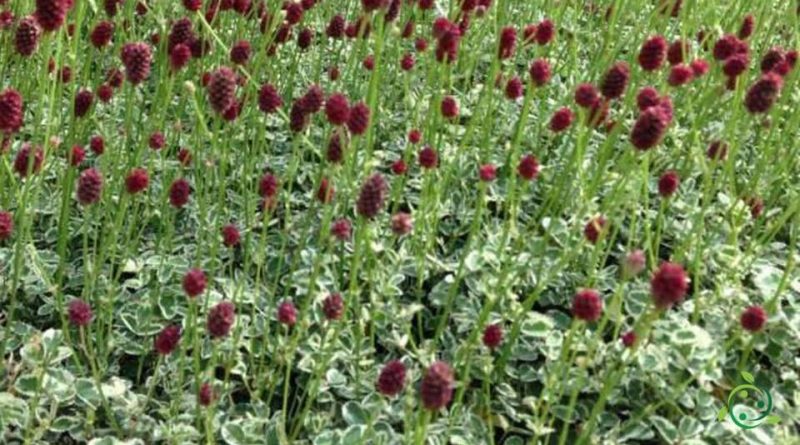How Great burnet is grown
How Great burnet is grown
Great burnet (Sanguisorba officinalis L.) is a perennial herbaceous plant native to Northern Europe, North America and Northern Asia. In Italy it is easily found in the North, rarer in the South and absent in the islands.
This plant grows in humid and rich in organic matter areas from the plain up to more than 2,000 meters.
This plant is cultivated and researched for the therapeutic properties of its roots which are: anti-inflammatory, digestive, aperitif, astringent, hemostatic and tonic. For external use it can be used as a cleanser and soothing the skin and inflamed mucous membranes. It treats stomach ailments, bloating, hemorrhoids, cystitis, bladder stones. It is used in the form of decoction or infusion. All areas of the plant are used for this purpose.
The fresh leaves, as well as those of Sanguisorba minor Scop., Can be used to flavor salads, soups, cheeses and cooked vegetables, to which they give a light cucumber flavor.
The leaves (with a light cucumber flavor) can be used to flavor salads, soups, cooked vegetables and soft cheeses. The use of young leaves is recommended to increase appetite.
Cultivation –
The Great burnet is cultivated, as well as for the aforementioned uses, also as a border plant for its elegant leaves and purple-brown inflorescences with a pipe cleaner.
This plant prefers temperate and cold climates and is resistant to frost. It grows well in a sunny position but also in semi-shaded places. It can also be grown in pots, using a universal soil.
The Great burnet can be reproduced by seed or by division of the rhizomes.
Sowing takes place, directly in the open field, in the period of March-April and then in September-October. If you want to anticipate the harvest, you can sow in a protected greenhouse in the period of February-March. In this way you will have a harvest from May until October. If it is grown in pot, before sowing, it is good to place a layer of expanded clay on the bottom, in order to avoid contact of the roots with stagnations.
When cultivating this plant, remember that the soil must always be humid and in particular in the warm months it is important to prepare a correct irrigation cycle. When growing in pots, it is good to pay attention to water stagnation in the saucer: it is a plant that suffers from contact with water which causes rot and root asphyxiation.
To obtain a greater production of leaves, the flowers can be removed when they appear in order to allow the vegetative phase of the plant to continue longer.
Collection and storage –
It is advisable to collect the leaves and use them fresh or dried in a shady and ventilated place.
The leaves, with a cucumber-like flavor, are also used in cooking, to flavor salads, soups, cheeses and cooked vegetables.

